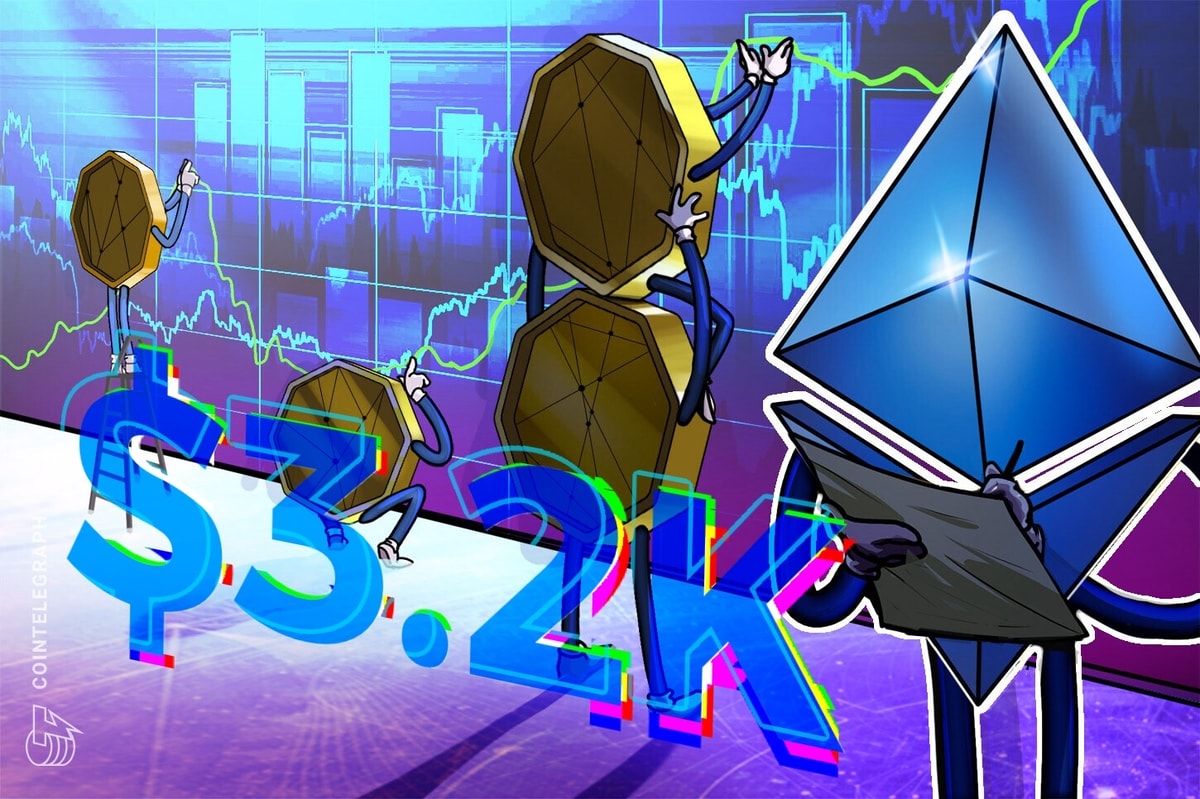Could NFTs and crypto help Japan’s ‘Cool Japan’ strategy?
6 min read
Japan has consistently been a leader in the tech industry, so it’s a logical step forward that, given current trends in the space, the Cool Japan movement might incorporate Web3 to strengthen its initiative. Bringing Web3 into the mix alongside the popular culture aspects of the movement could prove a boon for the mission, but this move has not yet been implemented by the government-led movement.
With much of Web3 still being an unknown in regard to its capabilities and future outlook, it is understandable that the government has yet to combine it with its initiative to bring Japan into the future technologically and to bring Japanese culture to other areas of the world, but doing so would certainly increase potential in many areas.
The creation of ‘Cool Japan’
If Japanese culture is so popular in other countries, it’s understandable that some might not understand why the government felt the need to create the Cool Japan initiative in the first place. But just because something is well-known or popular, it doesn’t necessarily mean it is thriving.
Ultimately, Cool Japan was created to promote positive attitudes toward Japan, increasing the sales of Japanese products around the world and promoting tourism. The mission of the movement, set forth in its proposal, is that Japan, as a country, provides creative solutions to the world’s challenges. The goal was never to simply promote the country as a cool place to be or go, but to also express that Japan can offer helpful ideas to the rest of the world.
The country is known for its influence on popular culture as well as its consistent political stability and innovation. But while Japan may have a strong economy, it faces other issues, such as an aging society, loss of communities, and environmental and energy issues.
To achieve the country’s mission, the Cool Japan strategy consists of three steps: promoting domestic growth, connecting Japan and other countries, and becoming a Japan that helps the world. Each step has its own missions, set forth to achieve the overall goal, and there are multiple government organizations involved in the promotion of the initiative, like the Ministry of Foreign Affairs; the Ministry of Agriculture, Forestry and Fisheries; and even the Cool Japan Movement Promotion Council.
The success of the movement in the recent past isn’t wholly known, but what is known is that, as industries shift and times change, the strategy should as well, creating more of a potential for success in the future.
Japanese culture has been popular abroad for decades without slowing down. Everything from anime to manga to cuisine and traditional Japanese attire have expanded into and influenced other areas of the world, especially in the United States. The Japanese government caught onto this trend and saw its potential. This potential grew into action and led to the “Cool Japan” initiative, which was created to promote Japanese cultural products and technologies globally with the aim of increasing the country’s cultural exports.
The current state of Web3 in Japan
While Japan may not be leading the charge in Web3, it is certainly still ahead of many other countries.
Whiplus Wang, the head of Japanese crypto conference IVS Crypto, told Cointelegraph about where Japan currently sits with regard to Web3 and whether the Cool Japan movement has any plans of incorporating Web3 into its initiative to promote the country.
Recent: Is the SEC’s action against BUSD more about Binance than stablecoins?
While Wang said that Cool Japan has no relationship with Web3, Prime Minister Fumio Kishida is putting forth an effort to increase Japan’s adoption of it.
“Right now, there are three policies in place. One policy is for taxing companies, which has made many Web3 companies leave Japan and move to other countries, like Singapore,” said Wang. “I think this will change soon, though. They want to create a better environment for Japan to have these kinds of businesses.”
Per Wang, it seems like Web3 is moving slowly at the government level but much quicker at the community level. The government is still figuring out what Web3 is and what cryptocurrencies and blockchains can do, so the movement in that regard is slow going.
Widespread use of NFTs
On the community level, however, what Japan is doing with nonfungible tokens (NFTs) and Web3 is largely ahead of the curve. There are a couple of high schools that are providing courses to students on NFTs and Web3, some decentralized autonomous organizations are educating individuals on the basics of Web3, and there are even special policies that incorporate NFTs.
“In Japan, there is a special policy called Hometown Tax. With this, you can choose which region you want to pay your tax to, it doesn’t have to be the one where you live. When you pay the tax to a region, you get a gift back, something that is special to the area, like a good they are known for providing,” Wang explained. “Areas that don’t have anything special, they are giving out NFTs. Some of them would be coupons to local restaurants or something similar.”
If this policy were altered in a way that allowed exchanges with individuals outside of Japan, this could very well be a tactic used for Cool Japan to attract tourists from overseas just as it is currently attracting tourism within Japan.
Much of what Japan is doing with Web3 and cryptocurrencies is in-house, but there is a special market selling NFTs overseas — anime.
Anime is one aspect of Japanese culture that has become popular worldwide, garnering a large and loyal fan base. Some companies tied to anime have released NFTs that were immediately purchased by customers overseas.
Wang said, “For those companies, they are trying to use NFTs to attract revenue from overseas rather than inside Japan, because the rate for the people in Japan who own a wallet is really low.”
This is another tactic the Cool Japan movement could incorporate to increase visibility as a country and as a leader in the industry, combining the pop culture aspects that people all over the world love with the innovation that can only be found with Web3.
Future outlook
In order for the Cool Japan movement to realistically incorporate technology and Web3, Japan will likely first need more widespread social implementation. Sagawa Kohei, a promoter of the Symbol/NEM project and community, told Cointelegraph that the process might be slow.
“Blockchains empower individuals and creators, especially when compared to Web2. The transparency is expected to guarantee the authenticity of content, so you’ll know its history, who made it, who bought it, etc.,” said Kohei. “It’s still developing though and it’s not widely recognized in society. Most people don’t even know what it is. Social implementation will be increased, but will be little by little.”
Recent: Uniswap DAO debate shows devs still struggle to secure cross-chain bridges
While those in the industry (or in the know at all) might be few, their numbers certainly are growing, and the same can be said for the Web3 knowledge base in Japan. Kohei said that there are a number of services that currently accept crypto payments, and the government is working on regulations and taxation.
As Japan continues to move forward with its crypto and Web3 legislation and the government learns more about what it can do for the country as a whole, it will be interesting to see how companies are going to incorporate Web3 in their business practices. Once that takes off, it could provide the Cool Japan movement increasingly more potential for success. But even if the movement itself doesn’t create a relationship with the tech industry, Web3 could still very well allow Japan to meet the goals they set for it.







